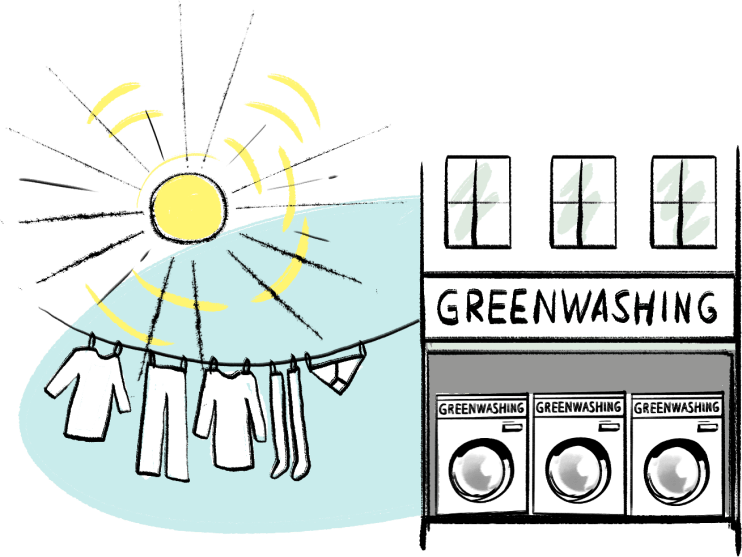Greenwashing & Greenbleaching – 7 key points for asset managers

ESMA (the European Supervisory Market Authority) published a “Progress Report on Greenwashing” – the link to which can be found here (https://www.esma.europa.eu/document/progress-report-greenwashing).
The purpose of this report is to pave the way for future legislation but also to “identify preliminary remediation actions” (i.e. to cite clear examples of greenwashing, as a warning to market participants).
If you don’t have time to read the 90 page report, we have summarised the 7 key points that we think asset management professionals should be aware of:
- All market participants are reminded of their “due diligence responsibilities” with regards to greenwashing. We think this is a significant reminder to asset owners/trustees that they may be liable for investing their beneficiaries capital in a fund guilty of greenwashing; they cannot simply blame the fund manager.
- SFDR needs to be tightened, with clearer definitions and thresholds of ‘sustainability’ (especially in Article 9). It should not be used as a labelling regime to suggest one fund is more sustainable than another – and a new labelling regime might even be introduced.
- More specifically, a fund that has integrated ESG factors into the investment process but is being marketed as Article 6 to avoid greater regulatory scrutiny (‘greenbleaching’) is guilty of misrepresentation and of breaking the SFDR law.
- Many fund are claiming to engage with investee companies on ESG and are not actually doing so. Engagement with companies (cited as a ‘high-risk area for greenwashing’) on ESG issues should be recorded and tracked.
- The sustainable investment market needs to see “further transparency on ESG data methodologies” and “clarifications on the use and calculation of estimates”. This echoes the recent Consultation Paper on how ESG ratings firms are likely to be regulated.
- The joint European Supervisory Authorities see a very significant problem with “misleading claims on impact”. The accusation of ‘misleading’ even extends to funds focused on certain sectors – which happen to be low carbon-intensity sectors – advertising their positive environmental impact (when that was not the reason they invested in those sectors).
- The Net Zero Alliances are specifically called out as a greenwashing “high-risk area”, because membership “is easily marketable, without the entity deviating from its business as usual”.
This new report is just the latest assault on greenwashing, and perhaps the opening assault on greenbleaching. It makes the direction of travel even clearer: the obligations on financial market participants to be able to demonstrate how they have integrated ESG into their process, are increasing. Accordingly, the regulatory risks associated with ‘not actually doing what you claim to be doing’, are intensifying.